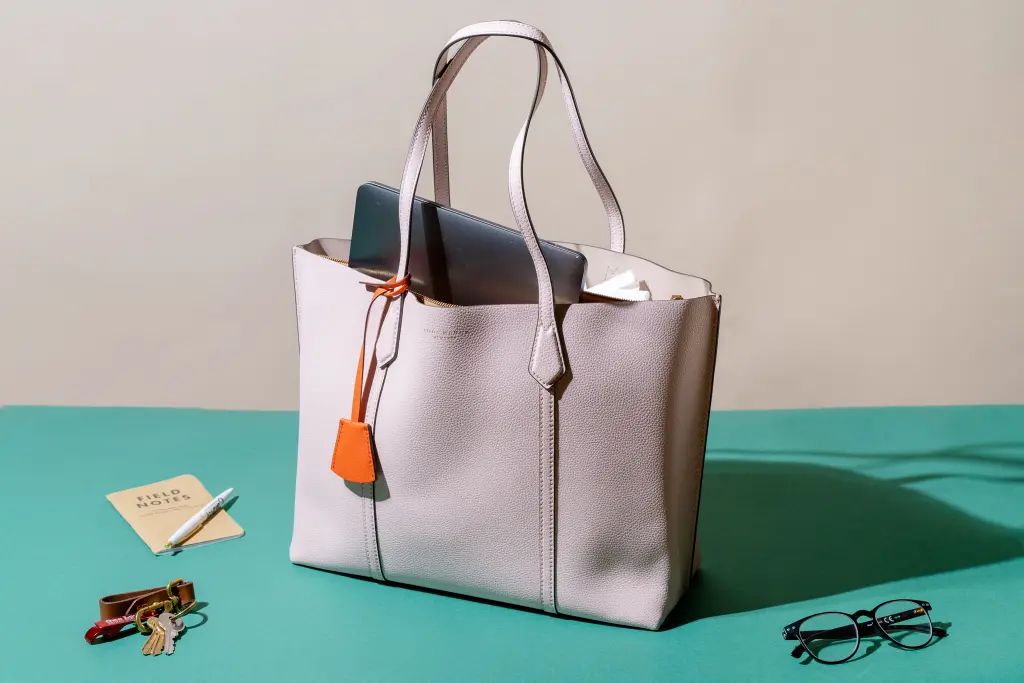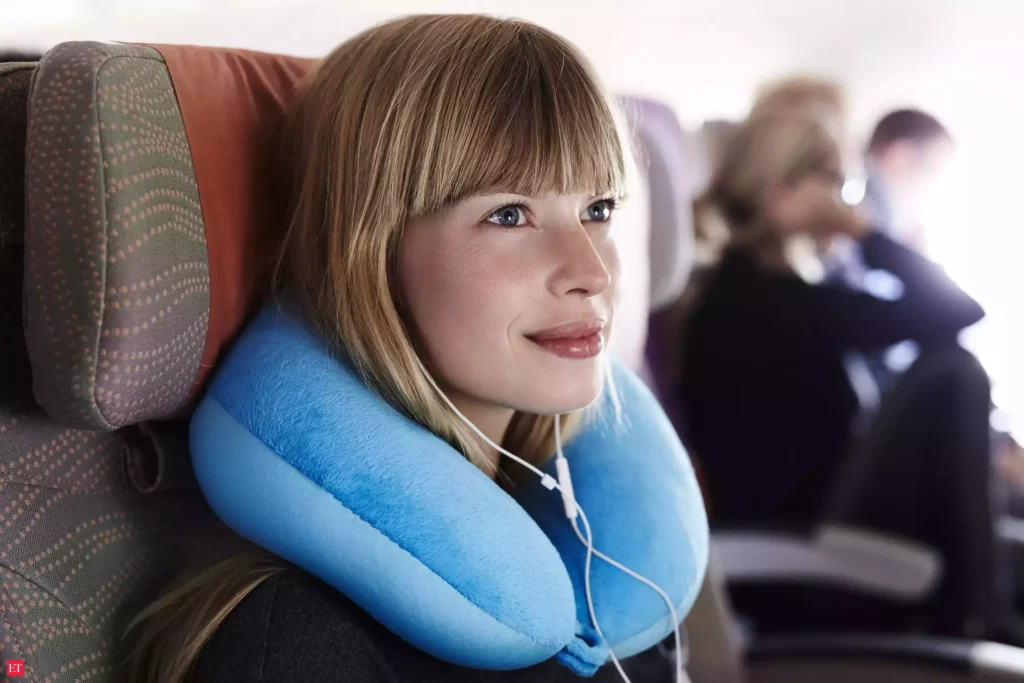Keeping your little one’s smile healthy and bright starts with establishing a good oral hygiene routine from a young age. Choosing the right baby toothbrush is crucial to this process, as it will help clean their delicate teeth and gums without causing discomfort. This guide will delve into everything you need to know about baby toothbrushes, ensuring you make the best choices for your child’s oral health.
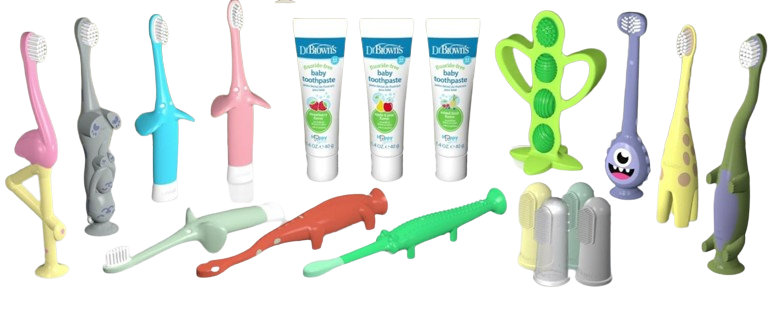
Table of Contents:
· Introduction
Importance of establishing a good oral hygiene routine from a young age
· When to Start Brushing
Recommendations from the American Academy of Pediatric Dentistry
Cleaning your baby’s gums before their first tooth erupts
Introducing a soft-bristled toothbrush once the first tooth appears
· Types of Baby Toothbrushes
Finger Toothbrushes
Description and benefits
Infant Toothbrushes
Description and benefits
Toddler Toothbrushes
Description and benefits
· Choosing the Right Toothbrush
Factors to consider: age, size, bristles, handle, safety features
· Additional Tips for Brushing Baby Teeth
Using a small amount of toothpaste
Focusing on cleaning front and back surfaces of the teeth
Brushing frequency
Making brushing time fun
Regularly replacing the toothbrush
· Conclusion: Investing in Your Child’s Smile
Importance of investing in a quality baby toothbrush
Establishing good oral hygiene habits for lifelong dental health
Overall impact on health and well-being
When to Start Brushing?
The American Academy of Pediatric Dentistry (AAPD) recommends starting to clean your baby’s gums even before their first tooth erupts. You can do this by wiping their gums with a clean, damp washcloth after feedings. Once their first tooth erupts, you can begin using a soft-bristled toothbrush and water.
Types of Baby Toothbrushes
There are several types of baby toothbrushes available, each with its own unique features and benefits. Here are the most common types:
1. Finger Toothbrushes:
These soft, silicone brushes fit onto your finger and are suitable for cleaning gums and newly erupted teeth. They are ideal for infants and young toddlers who are still getting used to the sensation of brushing.
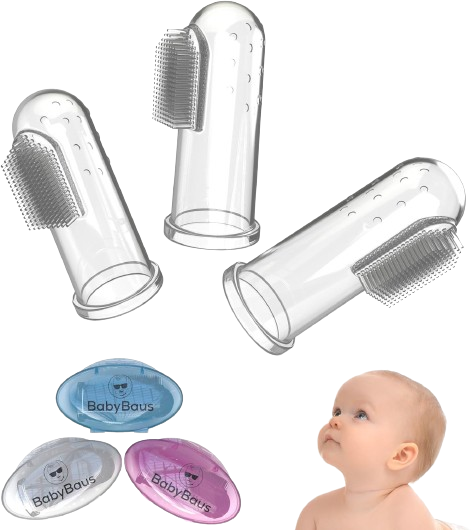
2. Infant Toothbrushes:
These small, soft-bristled toothbrushes are designed for babies aged 6-18 months. They have a smaller head and shorter handle to fit comfortably in your baby’s mouth and prevent choking hazards.
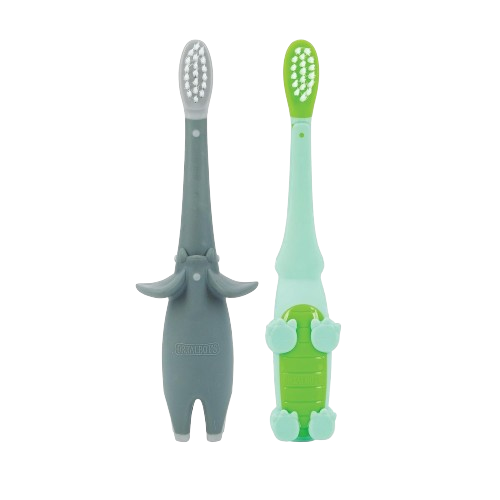
3. Toddler Toothbrushes:
These toothbrushes are larger than infant toothbrushes and have longer handles to accommodate growing toddlers (18 months and older). They typically have a larger brush head with more bristles to clean all surfaces of the teeth.
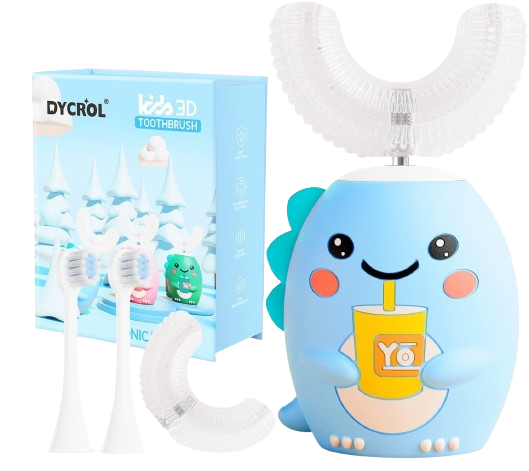
Choosing the Right Toothbrush:
When choosing a baby toothbrush, consider the following factors:
- Age and size: Choose a toothbrush that is appropriate for your child’s age and size. A toothbrush that is too big or too small can be uncomfortable and ineffective.
- Bristles: The bristles should be soft and gentle on your baby’s gums. Look for toothbrushes with rounded bristles to avoid irritating delicate tissues.
- Handle: The handle should be easy for you to hold and grip, especially if you are assisting your child with brushing.
- Safety features: Choose a toothbrush with a safety shield to prevent your child from choking on the brush head.
Additional Tips for Brushing Baby Teeth:
- Start with a small amount of toothpaste: Use only a pea-sized amount of toothpaste until your child is old enough to spit and rinse effectively.
- Focus on cleaning the front and back surfaces of the teeth: Tilt the brush at a 45-degree angle and gently brush back and forth.
- Brushing frequency: Brush your baby’s teeth twice a day, once in the morning and once before bed.
- Make it fun: Sing songs, tell stories, or let your child choose their own toothbrush to make brushing time more enjoyable.
- Replace the toothbrush regularly: Replace your baby’s toothbrush every 3-4 months or sooner if the bristles become frayed or worn.
By following these tips and choosing the right baby toothbrush, you can help your child develop healthy oral hygiene habits that will last a lifetime. Remember, a healthy smile starts early, so don’t underestimate the importance of caring for your baby’s teeth from the very beginning.
Conclusion: Investing in Your Child’s Smile
Investing in a quality baby toothbrush is a small investment with a big payoff. By choosing the right toothbrush and establishing a good oral hygiene routine from a young age, you can set your child on the path towards a lifetime of healthy teeth and gums. Remember, good oral health is not just about aesthetics, it also contributes to overall health and well-being. So, make brushing time a fun and positive experience for your little one, and watch their smile grow brighter each day!

